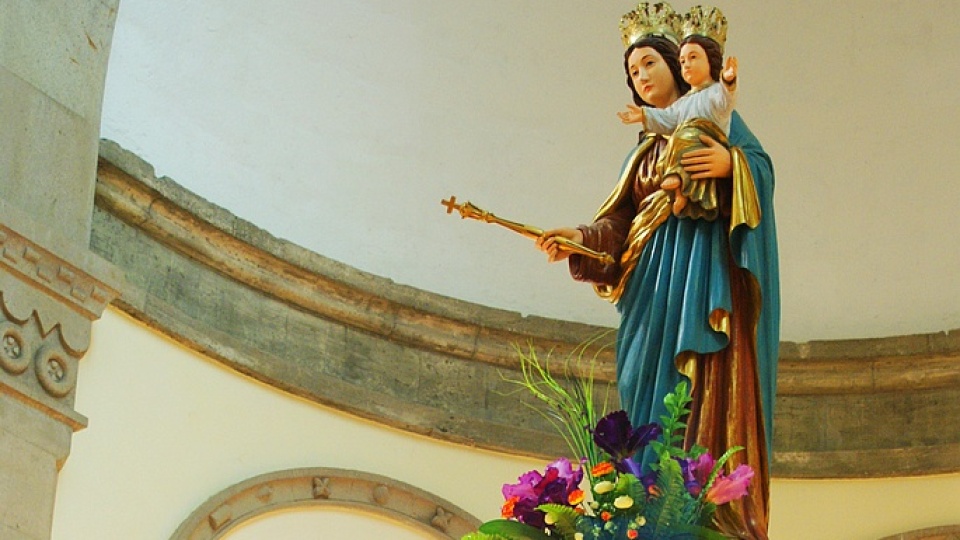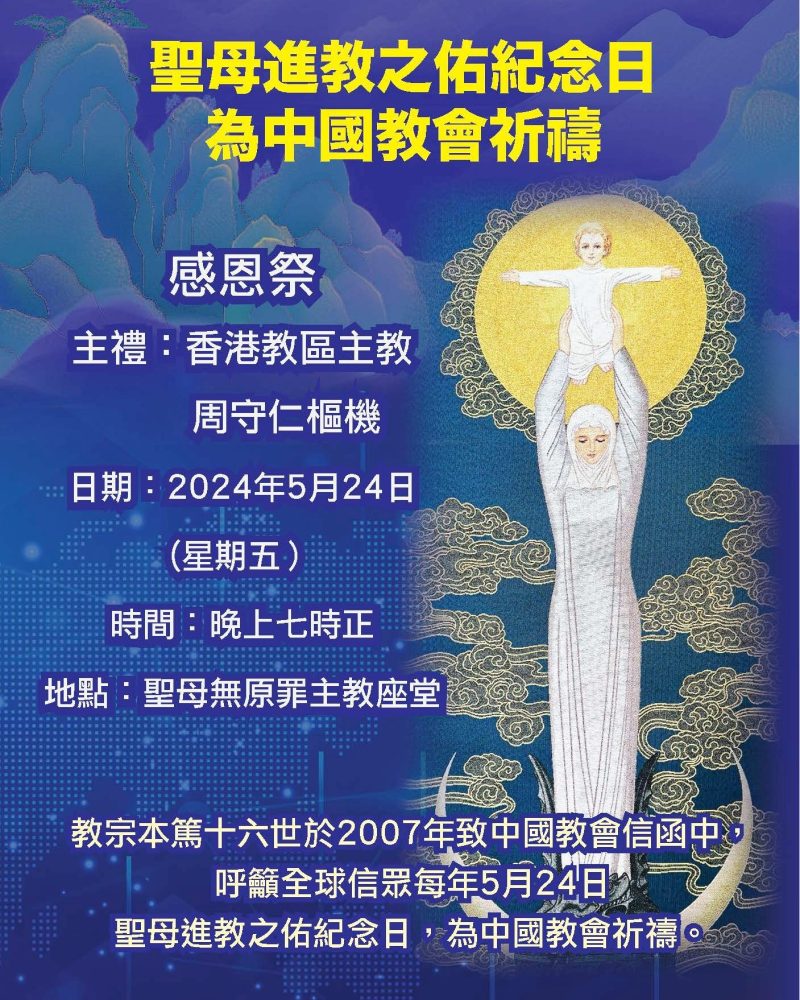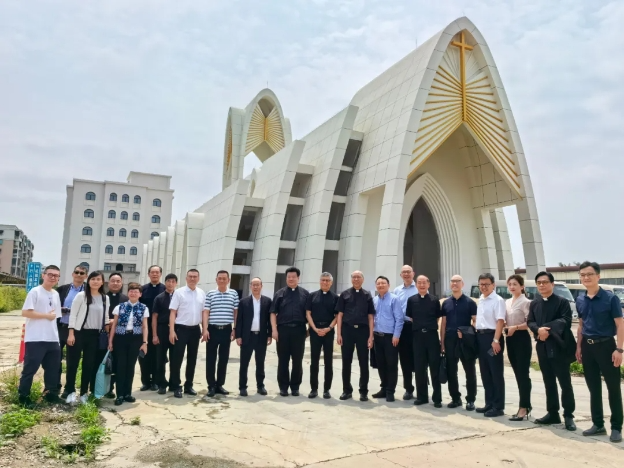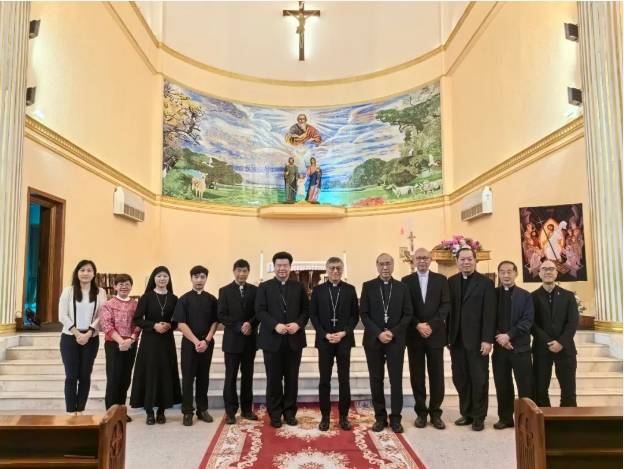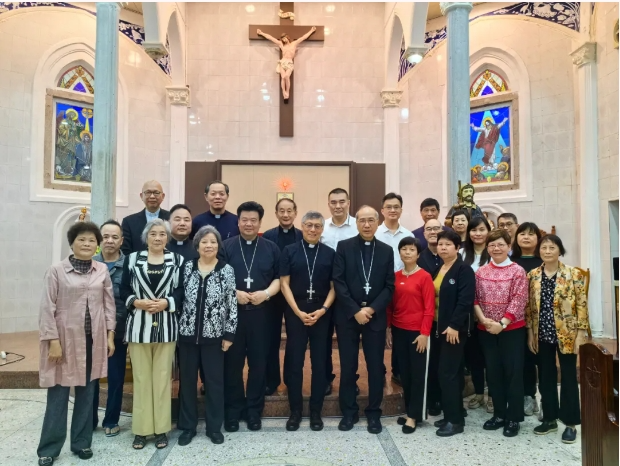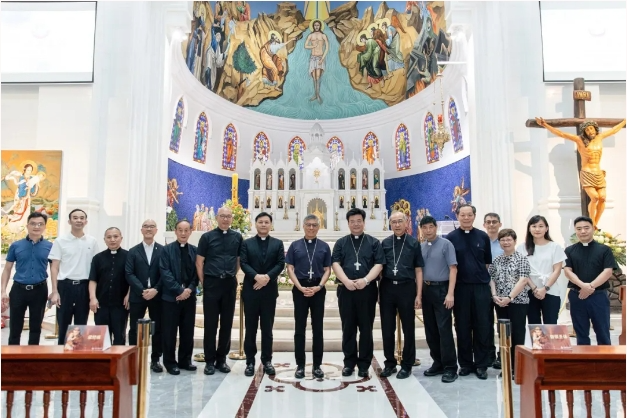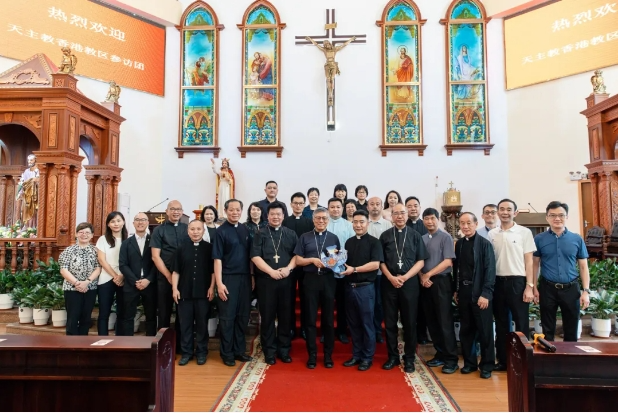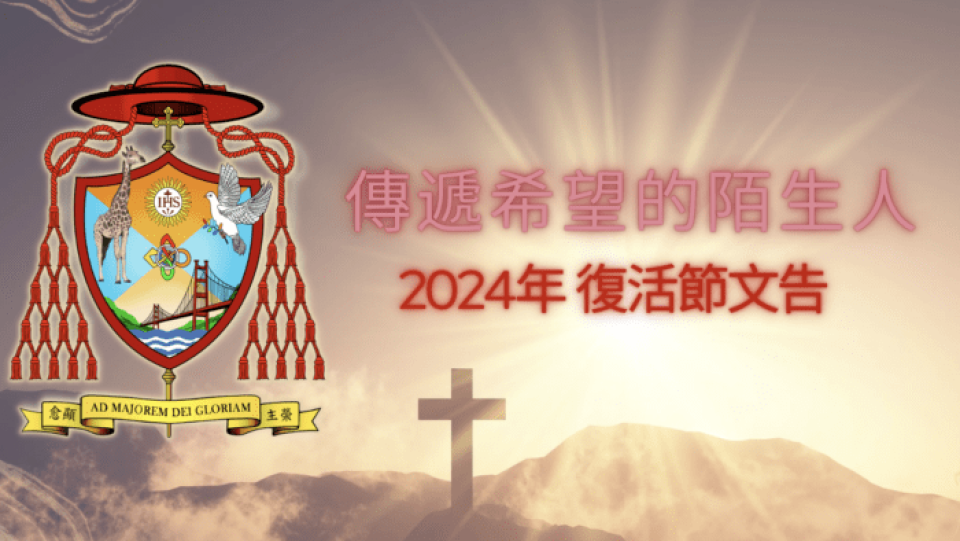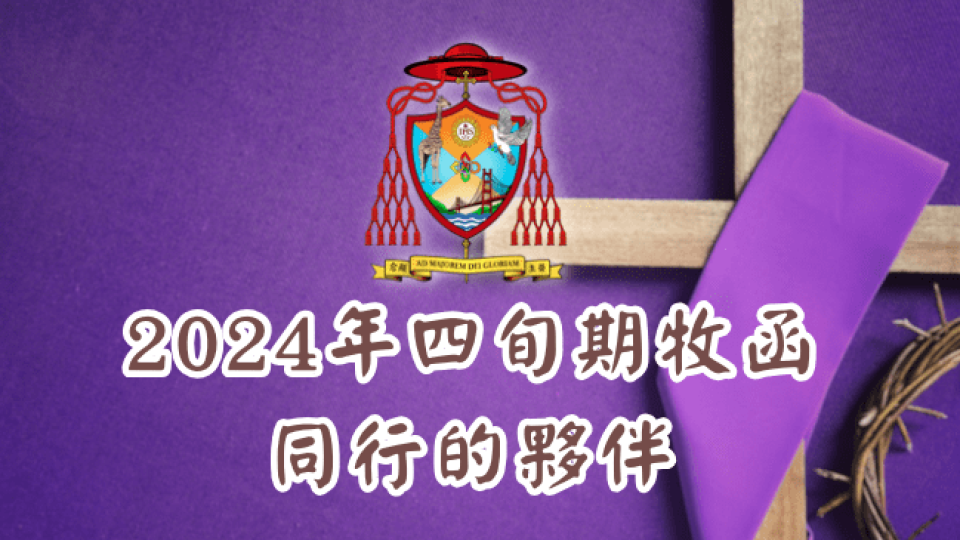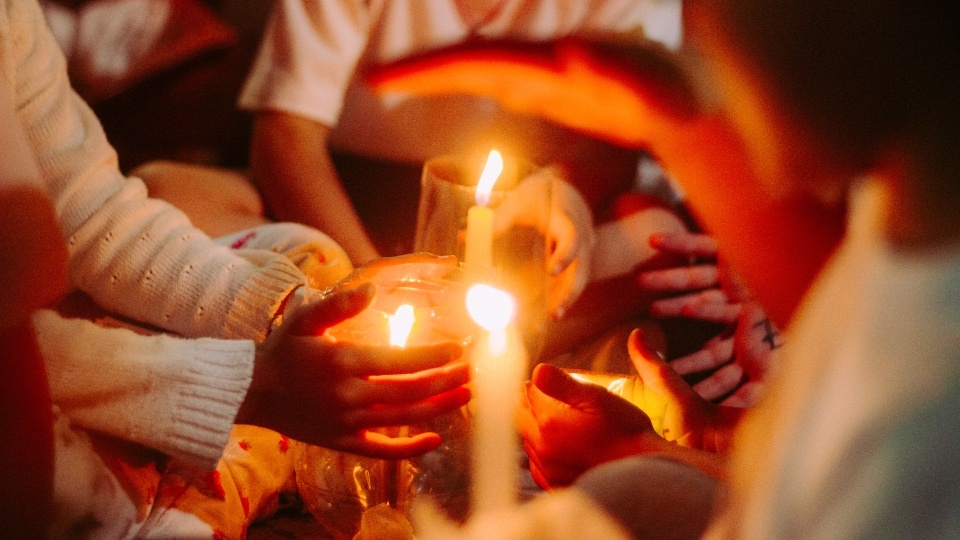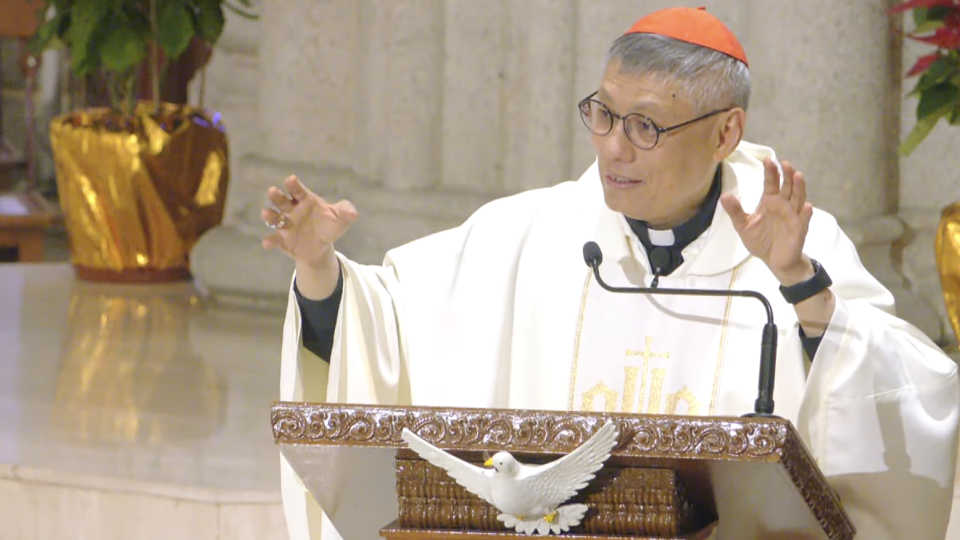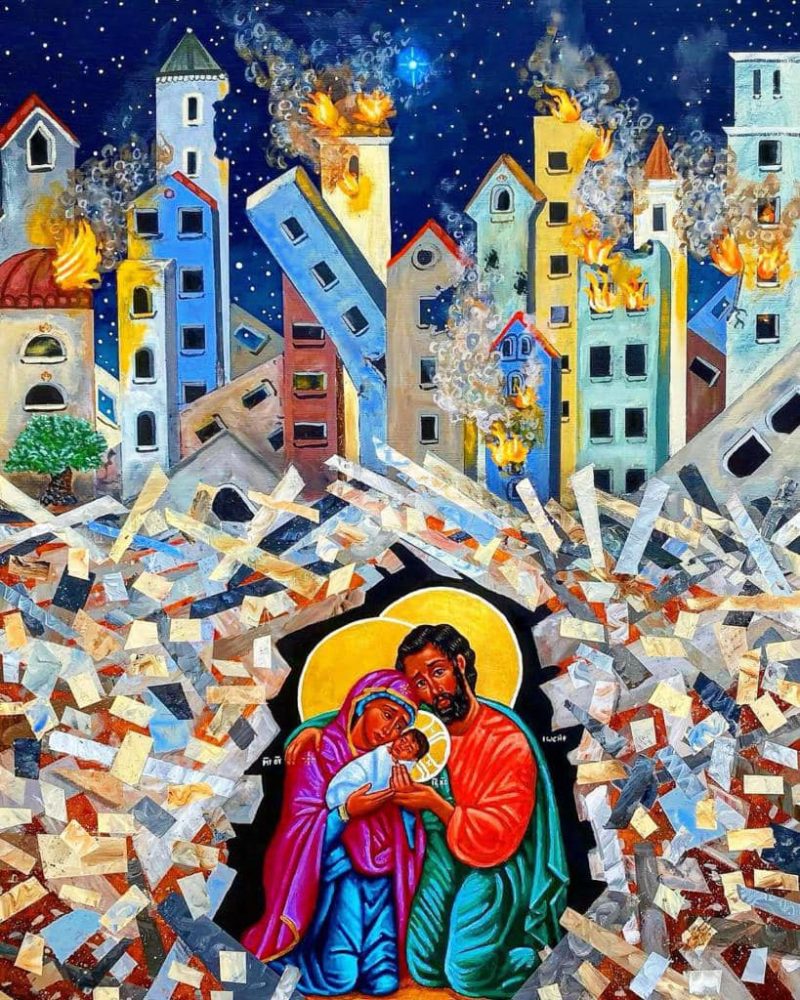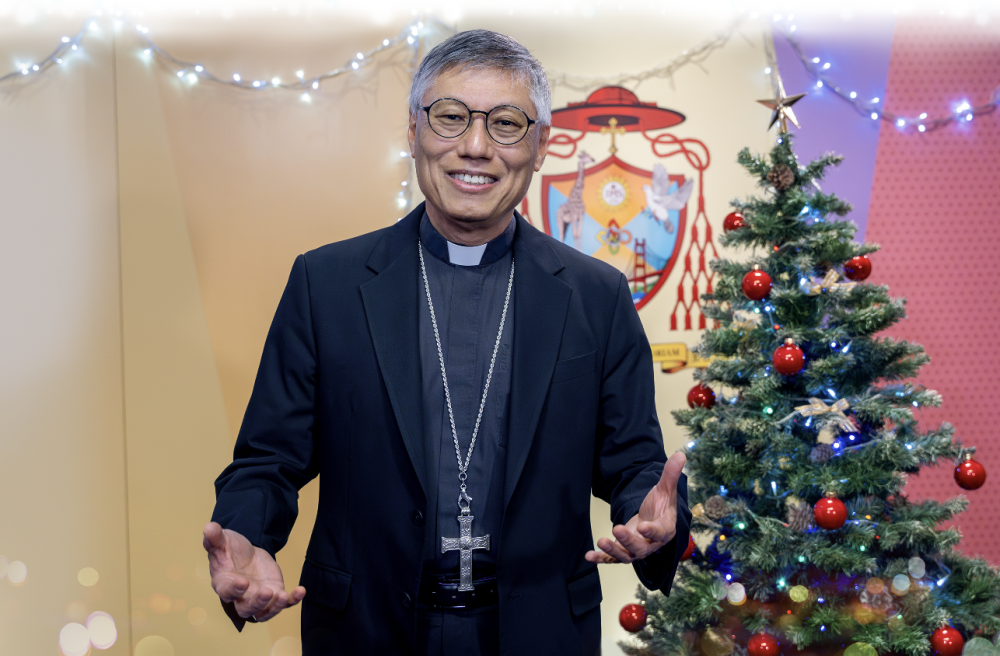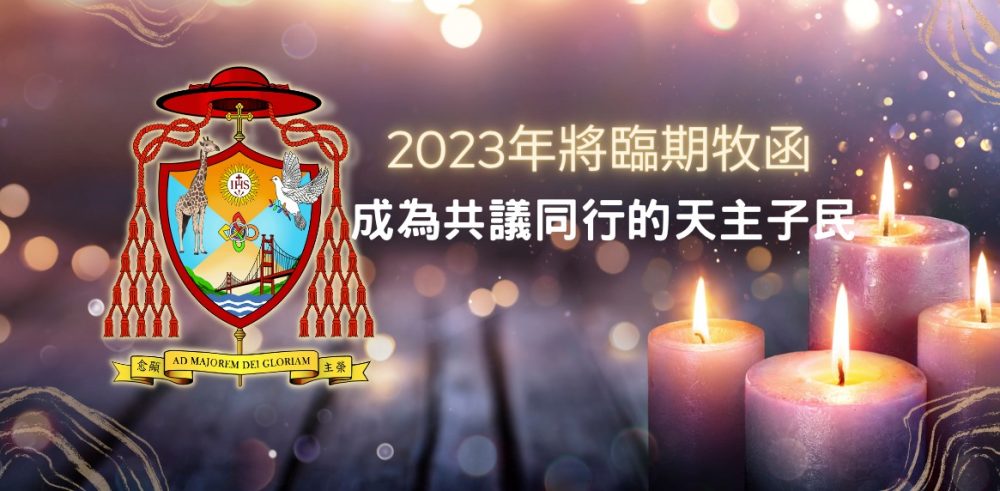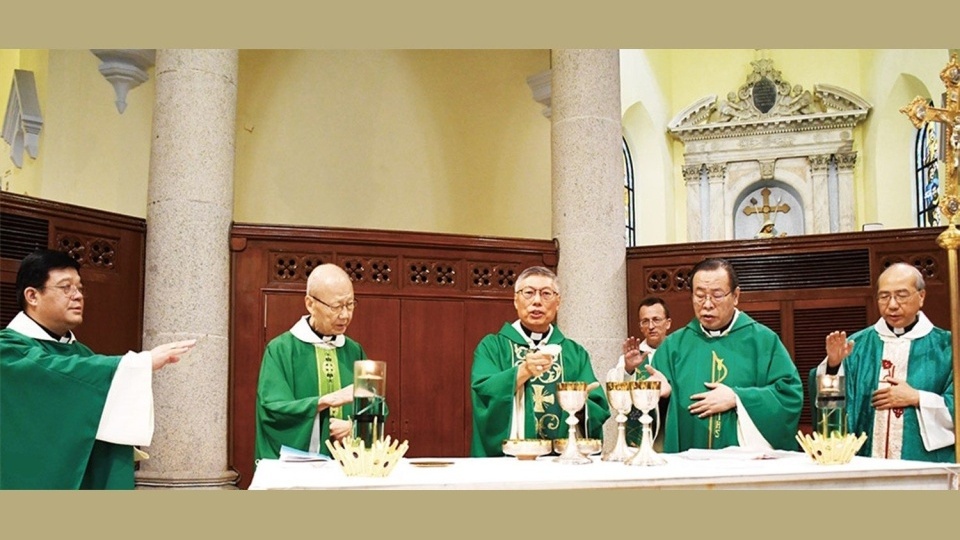
進教之佑 — 中國教會祈禱 2024
依 7:10-14;路 1:39-45
有朋友曾經問我國內的教會是否特別有問題,所以需要上任教宗本篤十六世提出普世教會在這「進教之佑」的紀念日特意為他們祈禱呢?那麼,我們香港教區就沒有我們自身的問題了嗎?當然不是。基督徒為其他人或團體祈禱,是否只是因為那些人士或團體出現了重大問題呢?
我們互相代禱是互相表達關懷及支持的方法。在祈禱中,我們為對方的需要表達理解,在靈性上也和他們站在一起,向大智的天主為對方的得益祈禱。也讓他們不感覺孤獨或被遺忘。其實,大愛的上主也從來未有離棄或忘記他們。祂是在陪伴著他們繼續往前走或努力更新,獲得聖化。
教宗方濟各在三天前的五月二十一日於梵蒂岡舉行的一個「上海教務會議(Concilium Sinense)百年紀念大會」中發表講話。他表達了那次是至今唯一的一次中國教務大會,英文是 “Council” 不是 “Meeting”。大會為中國教會的未來,除了改變一些錯誤的事情外,也為它的發展訂下重要的方針。
其中一樣,當時的教宗庇護十一世也親自介入了,就是要讓國藉司鐸祝聖為主教,把中國教會的聖統面孔漸變為中國人的。這是一個重要的教會本地化的轉捩點。所以當時與會的主教們,跟隨聖神的帶領下為中國教會未來牧民的方針作出重要的決定,中國教會的本地化其實已在百年前開始了。在某程度上這正是我們的現在。
在會議閉幕數天後,與會者前往上海的佘山聖母朝聖地朝聖。方濟各教宗也鼓勵我們在今天聯同國內的弟兄姊妹,「在精神上登上佘山,讓我們一起把在中國的主內弟兄姊妹們、全體中國人民,以及我們可憐的整個世界託付於進教之佑聖母瑪利亞,懇求她的轉禱,讓和平遍及各地。」
「進教之佑瑪利亞、佘山聖母,為我等祈!」
+ 周守仁樞機 (耶穌會會士)
After the young Virgin Mary accepted the invitation to be the mother of the Son of the Most High, she set out to cover a long distance through hills to visit her elderly cousin, Elizabeth, who was pregnant for the first time. This young woman already displayed a proactive spirit in her, always ready to lend a hand to those who might have a need of her protective assistance.
Soon after sending her greetings to her cousin, Elizabeth filled with the Holy Spirit and proclaimed this in a loud voice, “Blessed are you who believed that was spoken to you by the Lord would be fulfilled.” Our Lady, with her staunch faith in God’s promise and her proactive spirit of mission, is the role model for our Church in China and all over the world.
The then Archbishop Celso Costantini was reported to have said at the first ever Concilium Sinense held in Shanghai a century ago, that the mission of the Church was to “evangelize, not colonize.” And this was reiterated by Pope Francis and his predecessors that the mission of the Church should not be a political one but evangelization. And there should be no inherent contradiction for one to be a good Christian and a good citizen.
Thanks be to God that we have great missionary models running before us in the great Apostle Paul and Fr. Matteo Ricci, showing us how to become “all things to all”. Indeed, one very important decision made at that first Concilium, with intervention from Pope Pius XI, was to ordain Chinese clergy as bishops for a Chinese Church. Inculturation of the Chinese Church had started a century ago. And that must continue.
As the Church in China commemorates this important landmark took place in Shanghai a century ago, let us join our sisters and brothers in the Mainland in prayers, for the further inculturation of the Chinese Church, in a synodal spirit under the guidance of the Holy Spirit.
Mary, help of Christians, Our Lady of Sheshan, pray for us!
+ Stephen Chow, S.J.
相關資訊:

